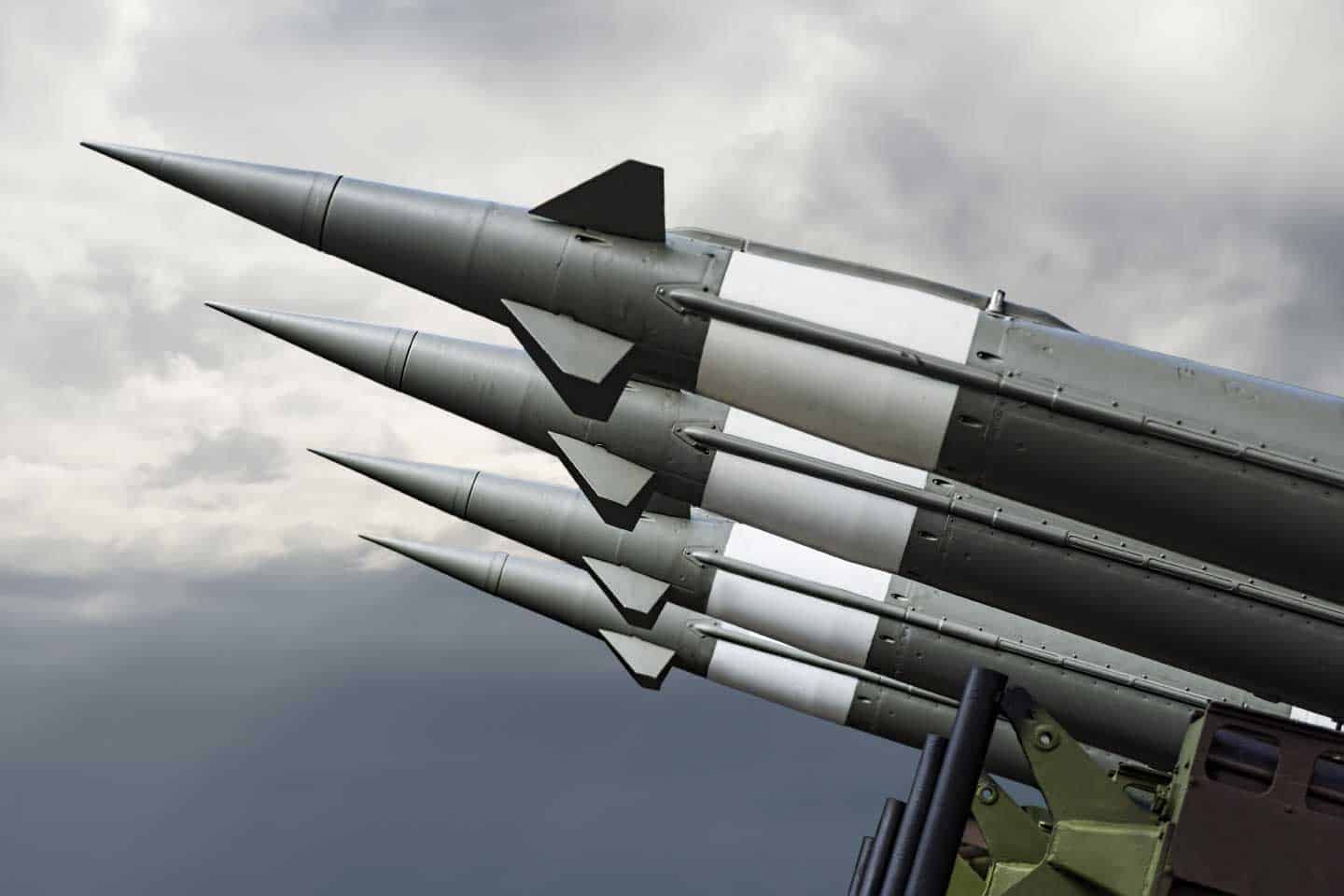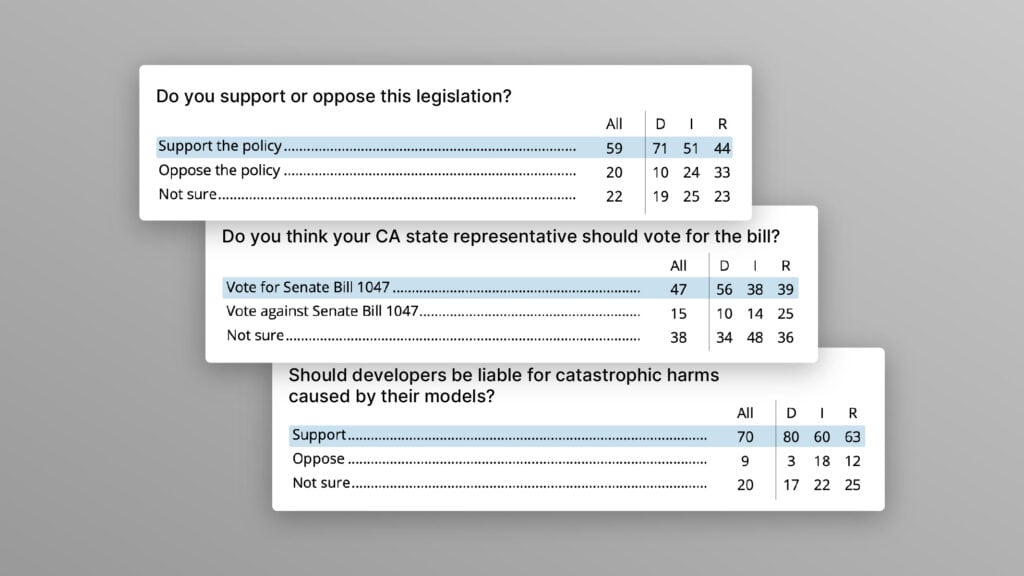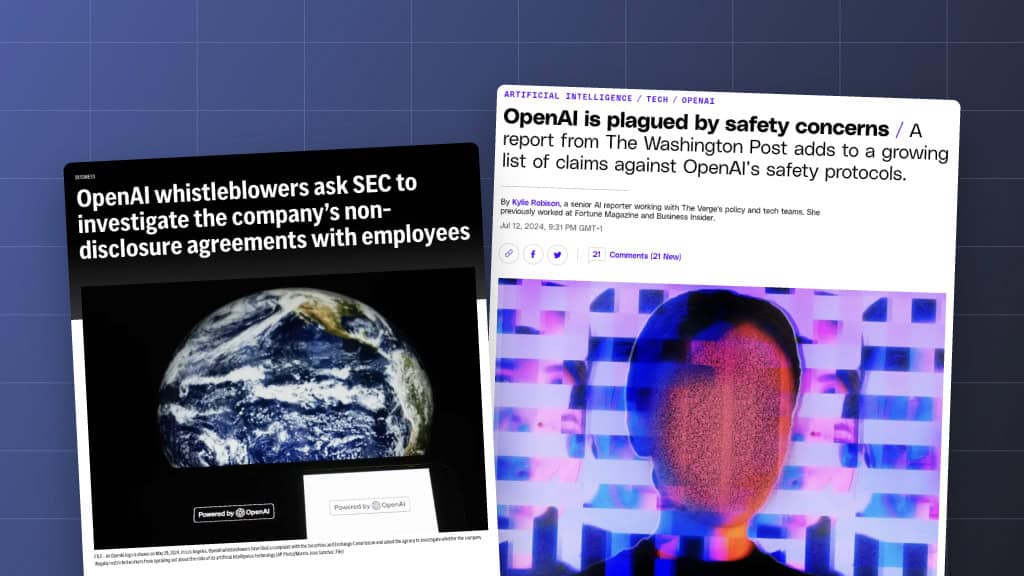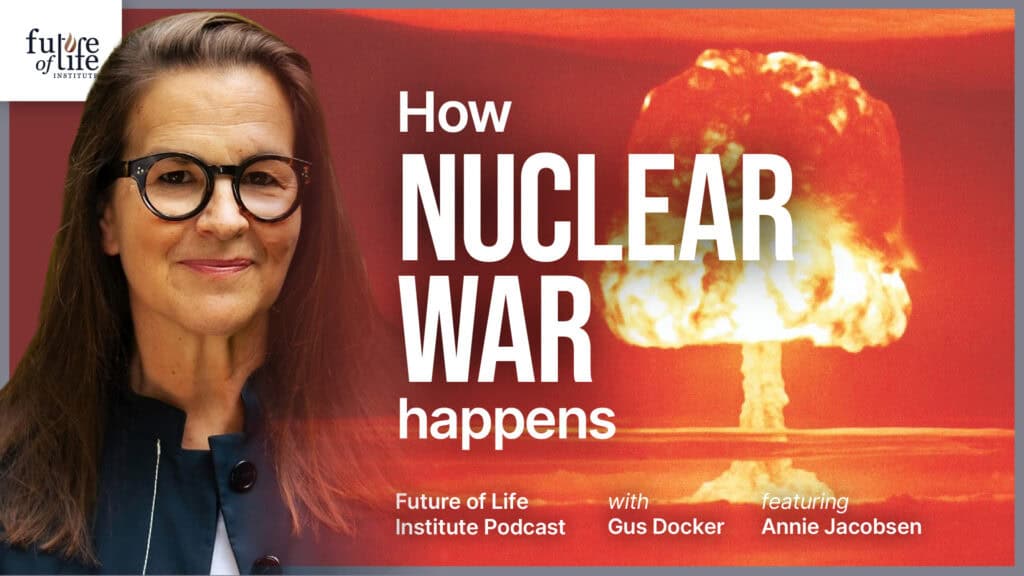Why Freezing North Korea’s Weapons Programs Would Make Us Safer

Contents
Last week, China proposed a way to reduce tensions on the Korean peninsula: Pyongyang would freeze its missile and nuclear programs in exchange for Washington and Seoul halting their current round of military exercises. China also sees this as a way of starting talks between the United States and North Korea, which it believes is necessary to resolve hostilities on the peninsula.
In comments in South Korea on Friday, Secretary of State Rex Tillerson said “We do not believe the conditions are right to engage in any talks at this time. … onditions must change before there is any scope for talks to resume, whether they be five-party or six-party.” Whether the last phrase means the United States is consciously rejecting the idea of one-on-one talks with the North is not clear.
Tillerson also said he believes it is “premature” to talk about a freeze since a freeze would leave North Korea with significant military capabilities. His choice of words appears to leave the possibility of a freeze on the table.
A North Korean freeze on nuclear tests and missile flight tests would be highly beneficial—and readily verifiable. It would prevent Pyongyang from developing a long-range missile capable of hitting the United States.
It is important, of course, to work to eliminate the capabilities North Korea currently has, but a sensible first step is to keep it from increasing its capabilities.
Freezing North Korean Development Would Be Valuable
Over the last two decades, Pyongyang has developed technologies beyond what many thought it was capable of doing. It has developed nuclear weapons, an array of short- and medium-range missiles that could pose a significant threat to its neighbors, and a large satellite launcher that has placed two objects in orbit (although neither appears to have been operational once in orbit).
These weapon systems are not particularly sophisticated and in some cases are highly unreliable but, as Secretary Tillerson noted, they represent significant military capabilities.
And if these development programs continue, things will get considerably worse. The past shows North Korea’s ability to make slow but steady progress, and that will continue. After all, it is developing weapons systems that the United States, Soviet Union, and others developed 50 years ago.
What could a freeze do?
A Freeze on Nuclear Tests
North Korea has now conducted five nuclear tests, the last of which indicated it has developed a nuclear device that can produce a yield similar to that of the Hiroshima and Nagasaki bombs.
Getting a nuclear device to explode under test conditions, however, is not the same as having a usable nuclear warhead. A deliverable warhead needs to be small enough, both in terms of physical size and mass, to be carried by North Korea’s ballistic missiles. It needs to work in a realistic environment, rather than just in a static test environment. In particular, it must withstand the considerable forces of missile delivery, including acceleration, vibrations, and buffeting during launch and reentry.
If the North does not yet have a weapon that is small and rugged enough for delivery by ballistic missile, stopping additional nuclear tests could keep it from developing one. Even if it does have such a weapon, stopping testing would limit its ability to improve its design.
A testing freeze could be verified by the global network of seismic and other types of sensors that make up the International Monitoring System. This network is sensitive enough to have detected North Korea’s previous tests—including the 2006 test with an estimated yield of only about one kiloton.
A Freeze on Missile Tests
A freeze on missile flight testing would limit North Korea’s ability to build more capable and longer range missiles, and to determine the reliability of existing missiles or gain operational practice in firing them.
Today, North Korea’s longest range operational missile is the Nodong, with a range of about 1,300 km (800 miles)—much shorter than the roughly 9,000 km (5,600 miles) to the US West Coast. It does not currently have a ballistic missile that could carry a nuclear warhead to long distances.
However, it is developing a number of the components it needs to produce such a missile.
For example:
- North Korea appears to have had one successful flight test, with five or more failures, of its Musudan (Hwasong-10) missile, which uses a more advanced fuel than the North’s previous missiles. Developing a working missile would require additional tests. Besides giving Pyongyang a considerably longer range missile than it currently has, successfully developing this missile would open the way to modifying it for use as an upper stage of longer range missiles.
- In the last year, Pyongyang has conducted ground tests of several new engines (April 2016, September 2016, and March 2017). Some of these appear to use advanced fuels and have higher thrust than its current missile engines.
- The North has paraded a prototype of a two-stage missile on a mobile launcher that could have a long range if it used the technology being tested in the Musudan missile. One of the engine ground tests mentioned above may be of an engine intended for the first stage of this missile.
- Pyongyang is in early stages of testing a solid-fueled missile that could be launched from a mobile launcher on the ground or from a submarine. While the range appears to be similar to the Nodong, it would have a much shorter launch-preparation time if fired from mobile launchers on the ground, and could reach more distant targets if fired from a submarine at sea.
- North Korea has not yet flight tested a reentry heat shield for a long-range missile, which is critical for successfully delivering a nuclear warhead. Over-designing the heat shield adds weight to the reentry vehicle, which reduces the range of the missile; Under-designing it can cause overheating of the warhead that can damage it. Moreover, North Korea is likely to design a blunt reentry vehicle that reenters slowly to reduce the intensity of heating, and this can lead to very large inaccuracies—tens of kilometers or more.
Transforming these pieces into working missiles would require a series of flight tests. A freeze on missile testing would keep it from developing that capability.
A flight test ban would be completely verifiable. The United States has a satellite network of infrared sensors that can detect launches essentially anywhere in the world. This system, for example, even detected the short-range Scud missiles launched at Israel during the first Gulf War. And the United States is currently deploying a new generation of even more capable satellites for this job.
Would North Korea Be Willing to Freeze?
No one knows.
It is worth remembering that North Korea observed a flight test moratorium from September 1999 through July 2006, which it began when its talks with the Clinton administration about missile and nuclear issues seemed to be moving ahead. It announced it was no longer bound by the moratorium in March 2005, in response to the Bush administration’s lack of diplomatic engagement on missile issues, and resumed testing the next year.
Things are different now, of course, and it’s not at all clear that Pyongyang would agree to a freeze. Kim Jong Un may be unwilling to stop until he has developed a credible long-range threat.
However, Kim clearly sees the US-South Korean military exercises as threatening, and offering to scale back those exercises may give the United States significant leverage. Agreeing to talks once a freeze is in place could add leverage.
But whether or not North Korea would ultimately agree to a freeze, the United States should not be the one to take this option off the table. A freeze would be an effective, meaningful step in limiting further development of North Korea’s nuclear and missile programs—and the administration should be doing what it can to put a freeze in place.
About the Future of Life Institute
The Future of Life Institute (FLI) is a global think tank with a team of 20+ full-time staff operating across the US and Europe. FLI has been working to steer the development of transformative technologies towards benefitting life and away from extreme large-scale risks since its founding in 2014. Find out more about our mission or explore our work.
Related content
Other posts about Nuclear, Recent News

The U.S. Public Wants Regulation (or Prohibition) of Expert‑Level and Superhuman AI

Poll Shows Broad Popularity of CA SB1047 to Regulate AI


